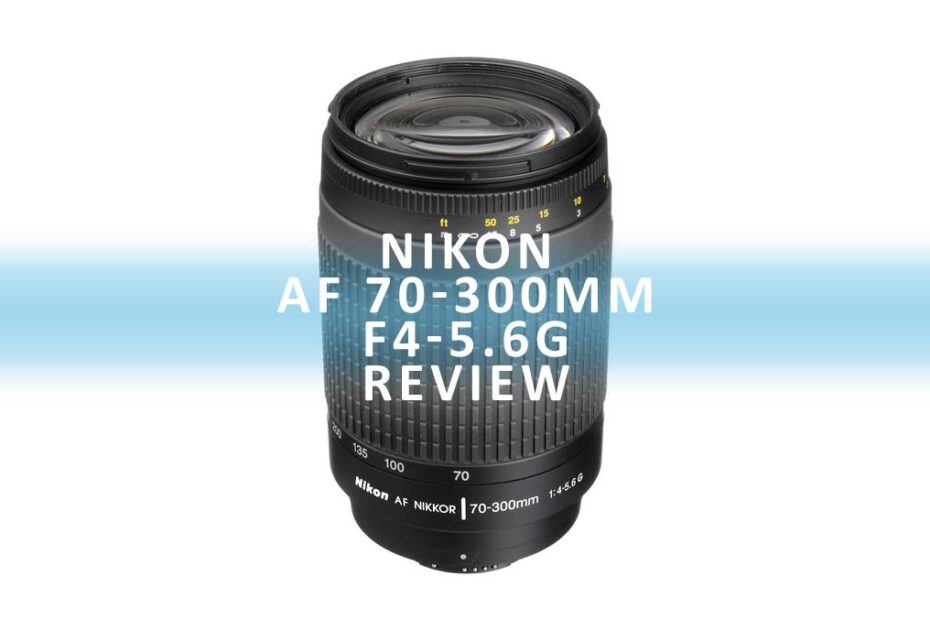The Nikon AF 70-300mm F4-5.6G is Nikon’s cheapest full-frame telephoto zoom lens. In fact, it costs almost four times less than the Nikon AF-P 70-300mm F4.5-5.6E VR.
Being so cheap, you do lose out on perks such as optical stabilization, an in-built autofocus motor, and the latest lens coatings. And while the AF 70-300mm is optically inferior, it is possible to get solid results if used within the confines of its abilities. Jump to Conclusion | Buy a Nikon AF 70-300mm F4-5.6G from Adorama | Amazon
What is the Nikon AF 70-300mm F4-5.6G
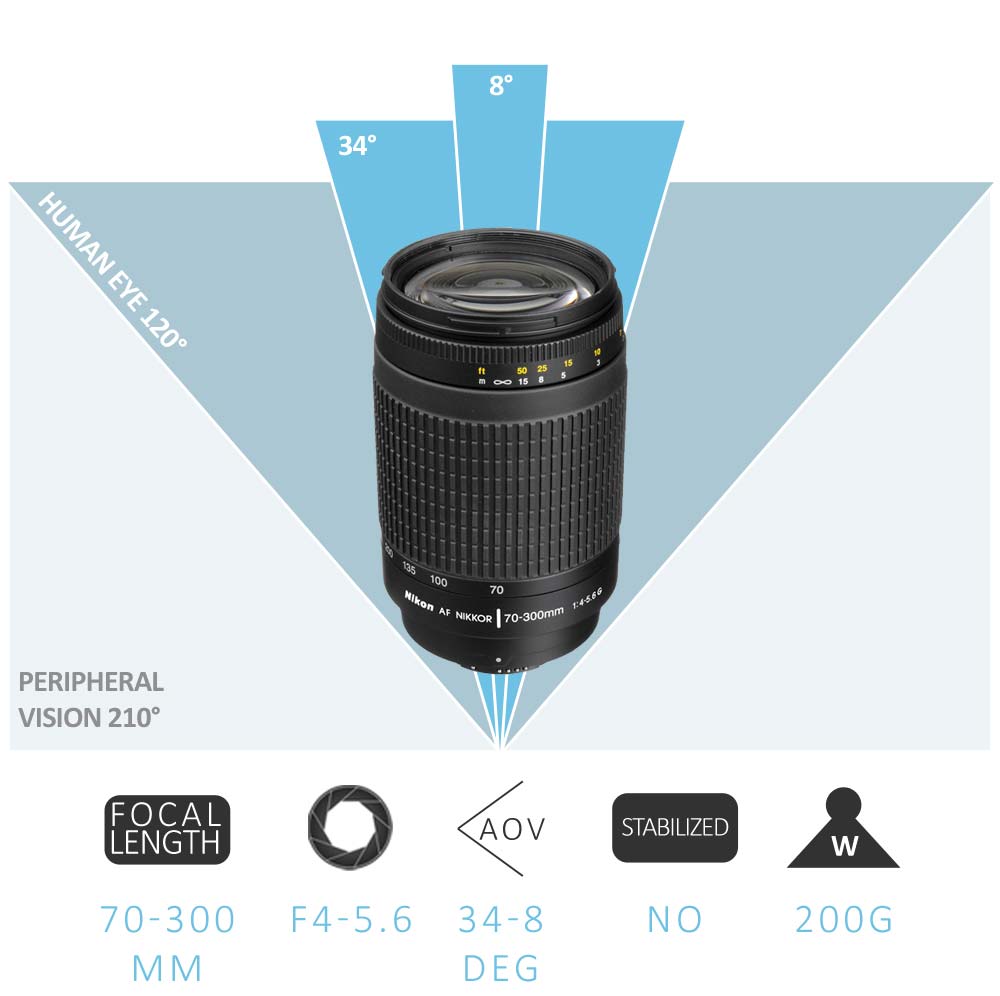
The Nikon AF 70-300mm F4-5.6 G is a small, absurdly lightweight (425g) 4.2x telephoto zoom lens for Nikon Full-Frame DSLRs. It features a 62mm filter thread, includes a detachable lens hood, and can focus at a minimum distance of 1.5 meters (5ft).

Unlike more expensive telephotos, the AF 70-300mm will only autofocus when attached to a camera that features its own inbuilt autofocus motor. Hence, if you intend to use this lens on a Nikon D3500, D5600, or a Z mirrorless camera via the FtZ adapter, the AF 70-300mm will be manual focus only.
Also unlike its more expensive siblings, the AF 70-300mm does not feature Nikon’s VR optical stabilization. Shame.
Ergonomics
At 450 grams, the Nikon AF 70-300mm F4-5.6 G is very light and compact for a full-frame telephoto lens. As for size, the AF is what is known as a ‘pumper’ zoom. This means the lens barrel extends out from the body as you zoom towards 300mm.
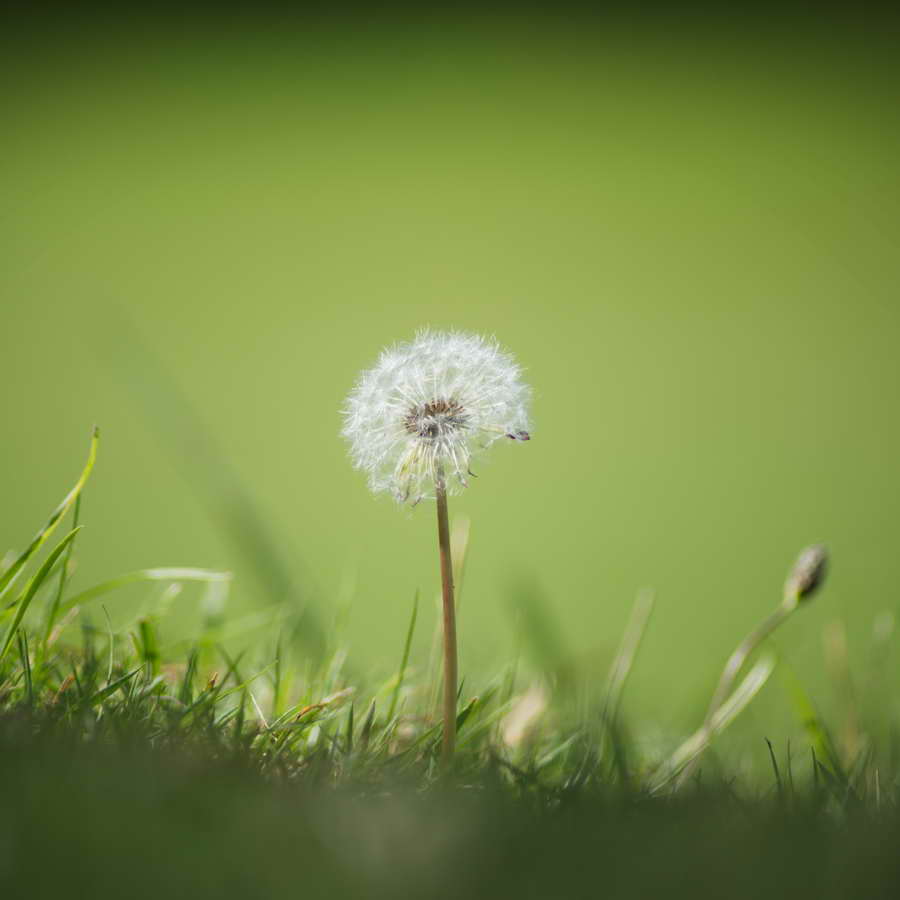
On the exterior, the AF 70-300’s controls are limited to two control rings. One for manual focus and another to zoom the lens.
I quite like the zoom ring. It’s large, feels good to turn, and you can zoom from 70 to 300mm with one twist of the wrist. In contrast, the manual focus ring feels cheap, and even the smallest of turns significantly shifts focus.
Unlike many modern Nikon lenses, the AF 70-300mm F4-5.6 does not have a switch for flicking between manual and autofocus. Nor is it possible to override the autofocus by adjusting the focus ring. Instead, you must switch off autofocus via your camera’s settings.
Overall, the Nikon AF 70-300mm F4-5.6 G feels good to use. And because it is so light and compact, it fits in smaller bags, and you won’t mind carrying it around all day. In fact, most of its handing problems are around manual focusing and therefore, should not affect most people.
Build Quality
Overall, the AF 70-300mm feels well built relative to its price point and you will definitely appreciate its budget-induced weight-drain if you plan on carrying it on an all-day shoot.
However, if you are looking for a lens that will tolerate poor weather or will stand up to the abuse of commercial use, the much more expensive and heavier AF-S 70-200mm F4 VR would be a more appropriate choice.
Nikon AF 70-300mm F4-5.6G Performance
Overall, the Nikon AF 70-300mm F4-5.6 G delivers average-to poor performance depending on the conditions. That being said, the potential to get ‘average’ performance at such a cheap price makes the AF 70-300mm a relevant option for those on a budget.
Buy a Nikon AF 70-300mm F4-5.6G from Adorama | Amazon
Image Quality
Most lenses tend to perform best at specific apertures and focal lengths. Therefore, making it easier to get the best image out of them. In contrast, getting the best out of the Nikon AF 70-300mm feels more like a game of chance.
Under 200mm, image quality ranges between poor and excellent depending on aperture, focal length, and focus distance.
As a result, the Nikon AF 70-300mm F4-5.6G can produce amazing looking images one minute and average looking images the next. However, if you prefer consistency, shoot between 200 and 300mm where the lens is reliable poor.
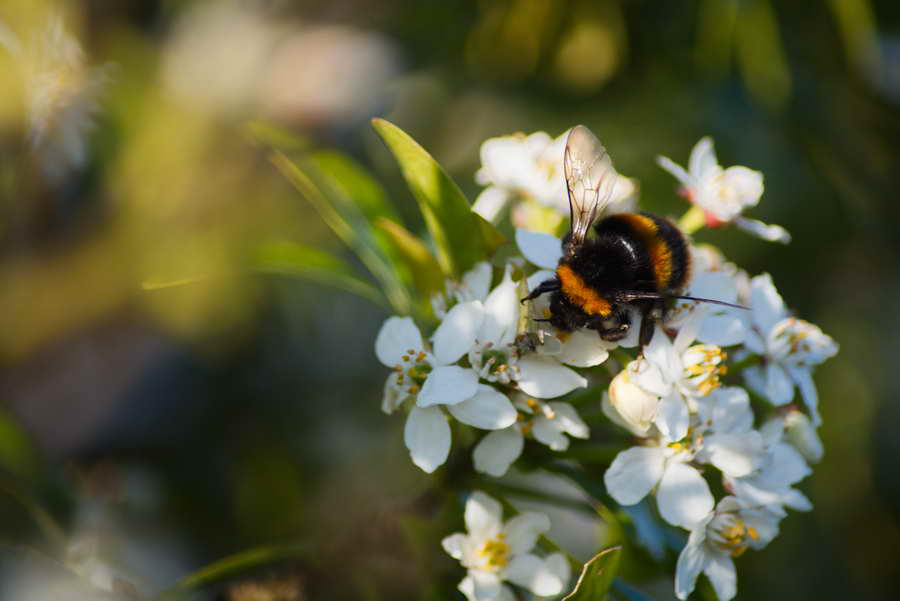
Yet, the AF 70-300mm’s biggest drawback is the lack of optical image stabilization (a.k.a. VR). At 300mm, even the smaller movement in your hands is enough to shake your camera and blur your photo. Therefore, you must use shutter speeds fast enough to capture a sharp image in-between shakes. Read avoiding camera shake with the reciprocal rule
Furthermore, if you combine brief, dim shutter speeds and the AF 70-300mm’s relatively dim F5.6 aperture, the only way your camera can capture a sufficiently bright photo is to increase its ISO, degrading your photo’s image quality as a result.
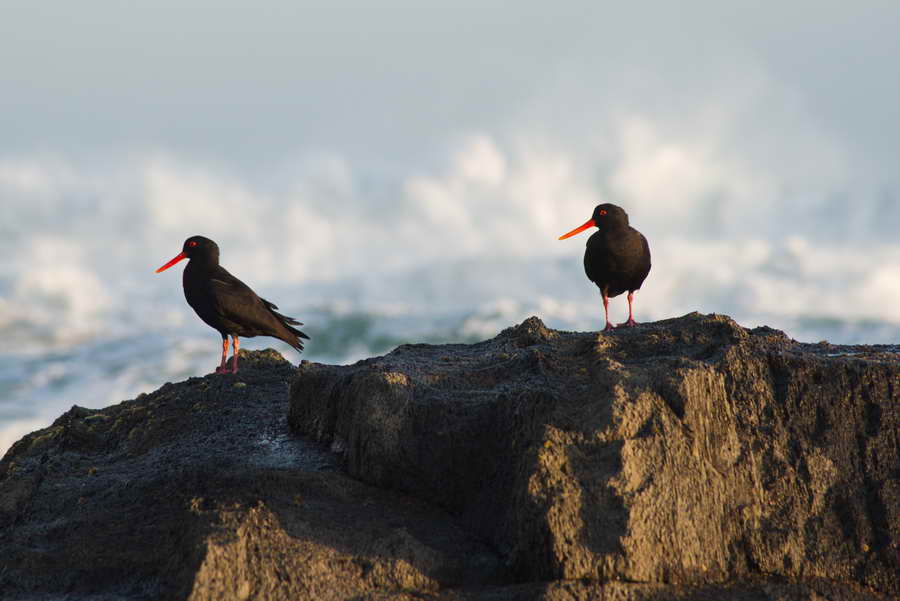
In comparison, the more expensive optically stabilized AF-P lens will enable you to shoot at much slower shutter speeds allowing you to keep your ISO low and your image quality high.
In summary, when the Nikon AF 70-300mm does perform, it performs well. I like the contrast and the quality of blurred out-of-focus regions (bokeh), and its images are sharp enough for moderately sized prints and uploads to social media.
Autofocus
Autofocus is slow and often hunts in poor light. Therefore, I do not recommend using the Nikon AF 70-300mm F4-5.6G to photograph fast action.
Conclusion: Nikon AF 70-300mm F4-5.6G
Compared to Nikon’s other telephoto lenses, the AF 70-300mm F4-5.6G is a poor choice. If money is not your concern and you have been wondering whether the AF-P 70-300mm F4.5-5.6 VR lens is worth the premium – it is.
Alternatively, you could pick up a third-party alternative such as the oft-discounted Tamron’s 70-210mm F4. Read Tamron 70-210mm F4 Review

Of course, you should absolutely avoid the Nikon AF 70-300mm F4-5.6G if you plan to use it on a Nikon DX DSLR. Not only are there far superior options at similar prices but the AF 70-300mm won’t autofocus on many of them. And if you do have a Nikon with an in-built autofocus motor, the AF 70-300mm will not focus on your new Z mirrorless camera should you upgrade to one in the future.
Yet, it serves no one to condemn the Nikon AF 70-300mm for underperforming against lenses that cost almost four times as much.
Therefore, if you are on a budget and you shoot within the Nikon’s performance envelope (slow subjects at faster shutter speeds), the cheaper AF lens is decent value. But if you need something to capture once-in-a-lifetime photos in all kinds of conditions, it’s worth saving for something better
